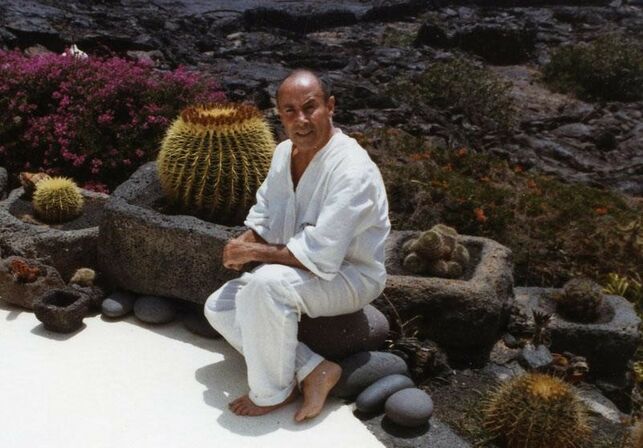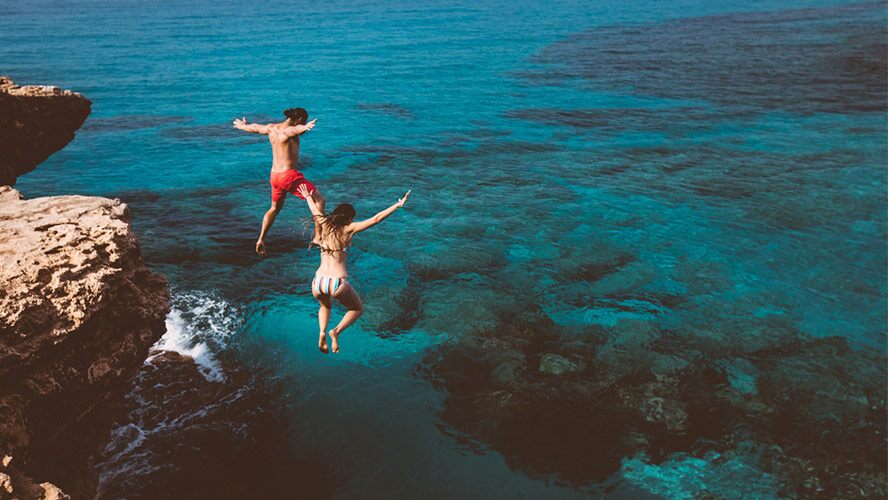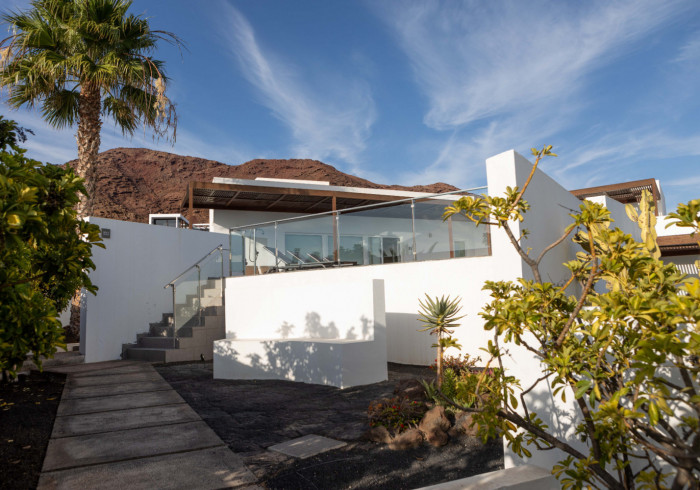“I am a contemporary of the future” (César Manrique, 1970)”
Lanzarote without César Manrique would not be like it is today. Being borned on Lanzarote, the artist managed to leave his mark in nearly all the corners and towns of the easternmost of the Canary Islands.
César Manrique was born in Arrecife, the capital of Lanzarote, in 1919. He spent his childhood on the island until, at the age of 17, when the Civil War broke out, he enlisted as a volunteer on the Francoist side. After the war, he settled in Tenerife to study architecture at the University of La Laguna. But it did not take him long to leave the island and move to Madrid, where he entered the San Fernando Academy of Fine Arts.
In the sixties, before finally returning to Lanzarote in 1966, he spent several years in New York doing various exhibitions. On his return to the island, he began to participate in different landscaping projects that showed his ethical line, in which art and nature walk hand in hand. And there cannot be one without the other.
With the start of the massive development of the tourism sector, Manrique did not take long to see the danger coming and the consequences that certain actions could have for the ecosystems and the great natural wealth of the island. Thus, to try to preserve his beloved land, since the 70s (and mainly in the 80s), he led numerous protests against the indiscriminate construction of huge tourist complexes throughout the island.
Works by the artist are found throughout the island of Lanzarote:
- César Manrique Foundation, Tahiche
- Cactus Garden, Mala
- House-Museum of César Manrique, Haría
- Jameos del Agua, Punta Mujeres
- Cueva de los Verdes, Punta Mujeres
- Mirador del Rio, Yé
- Castillo de San José (International Museum of Contemporary Art of Lanzarote), Arrecife
- Timanfaya National Park (Fire Mountains), Tinajo





